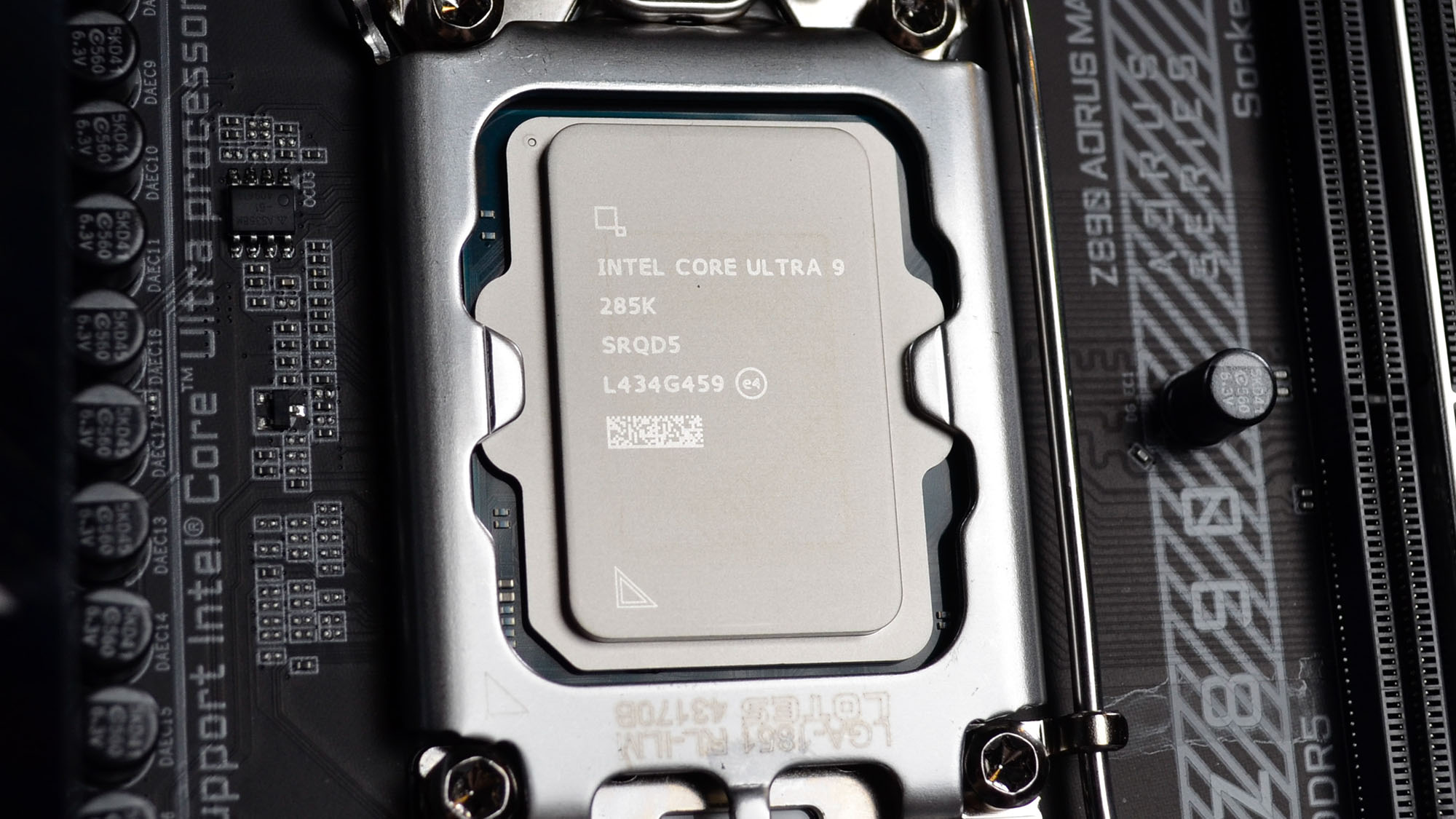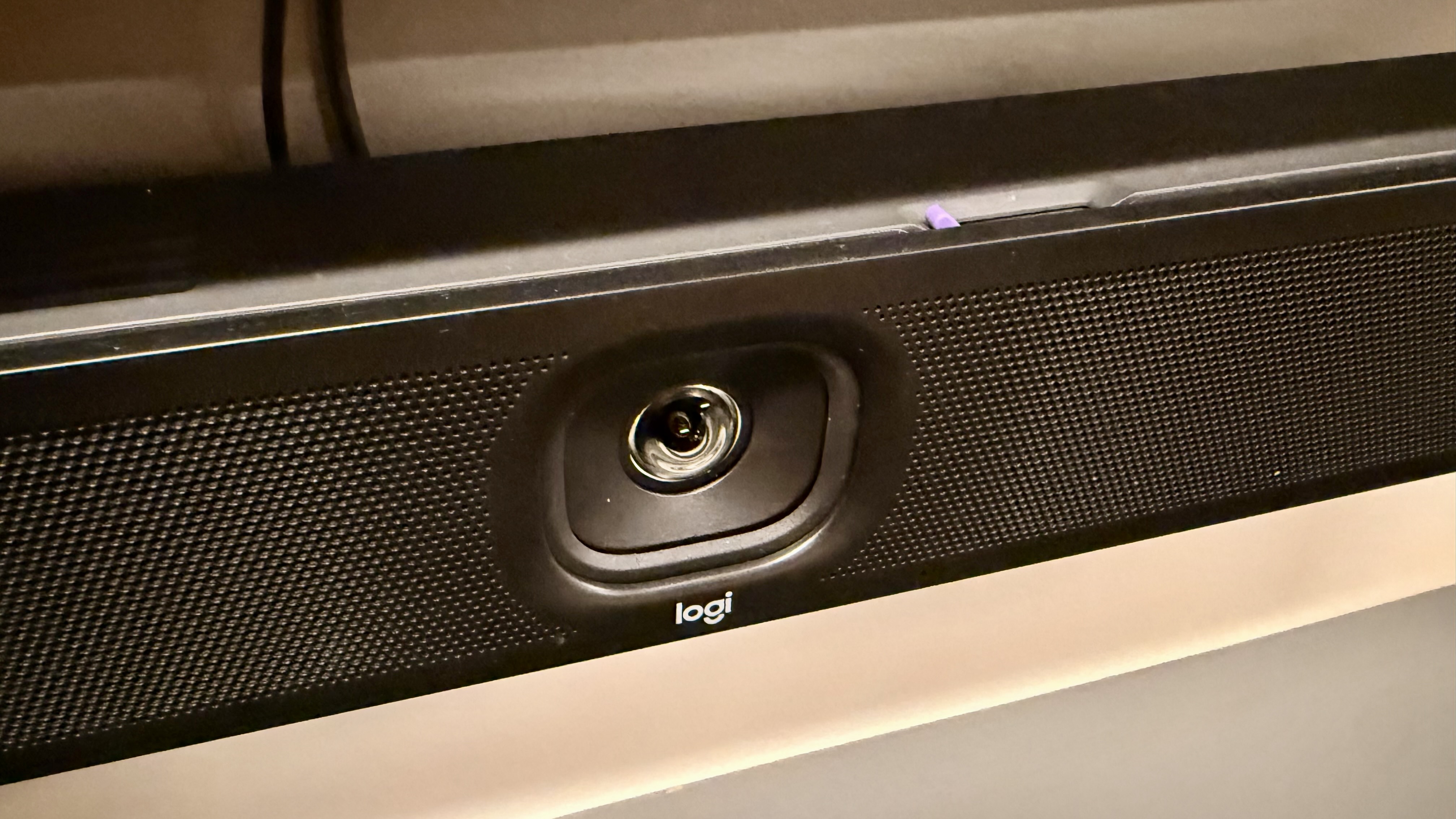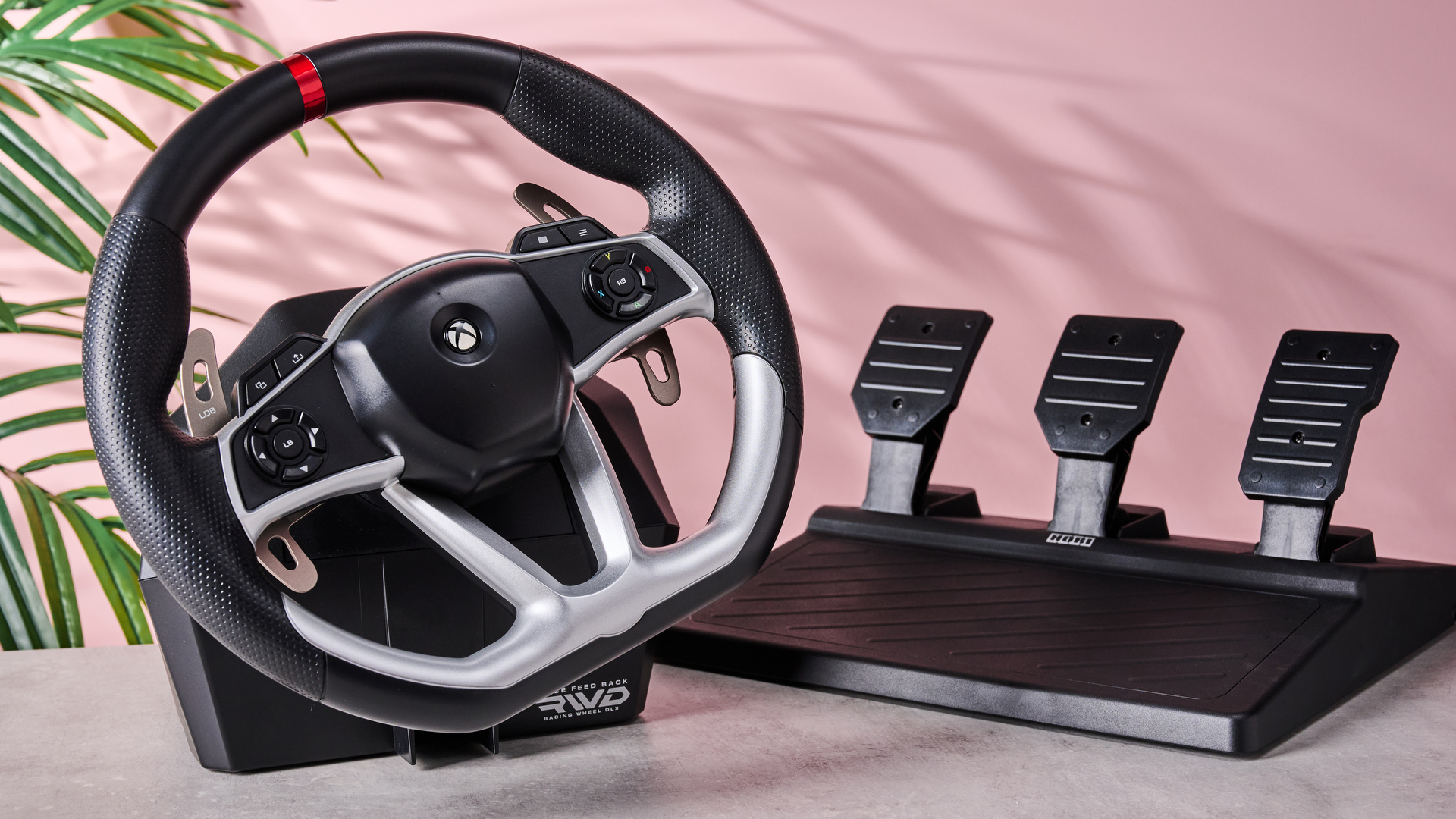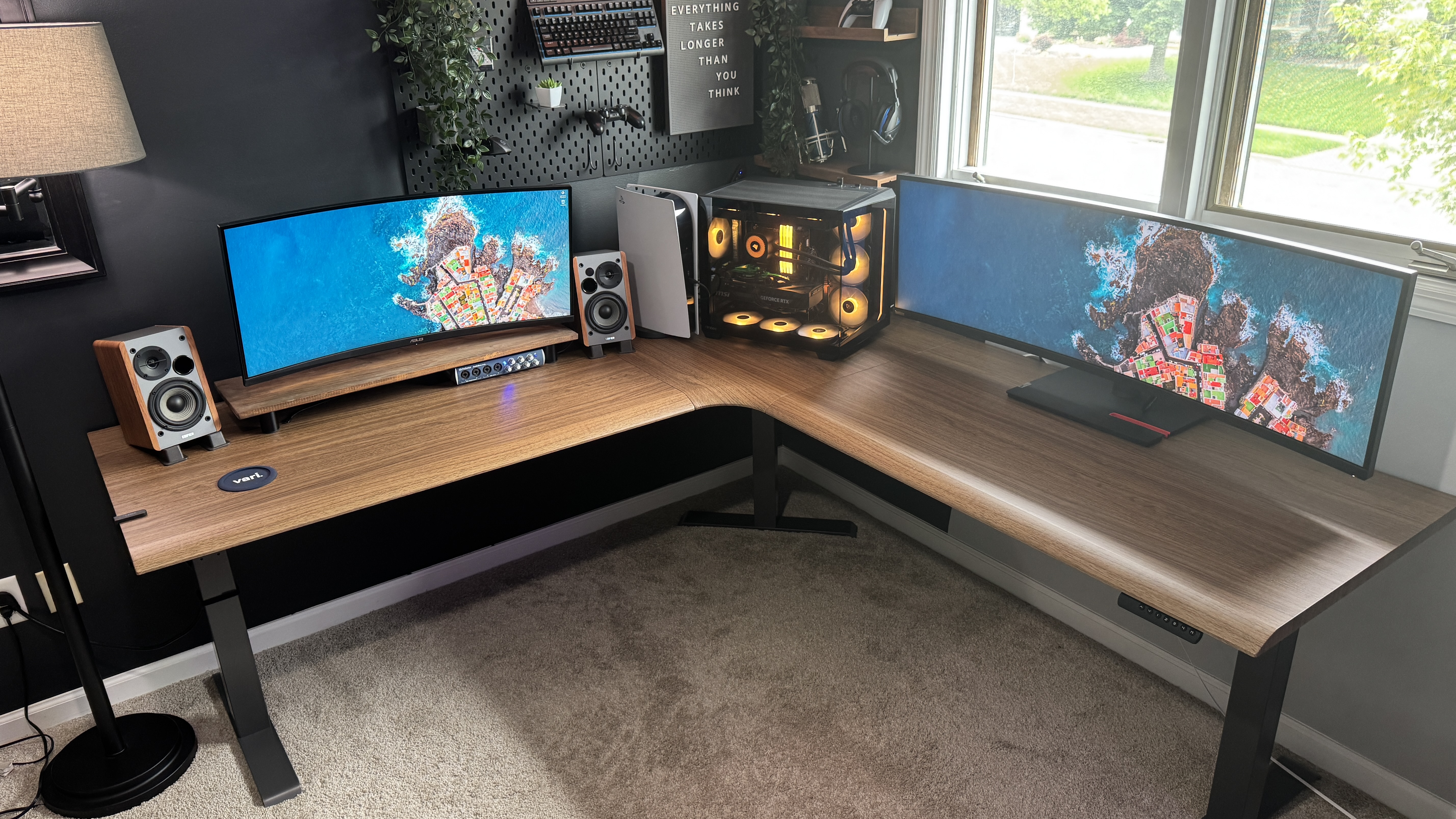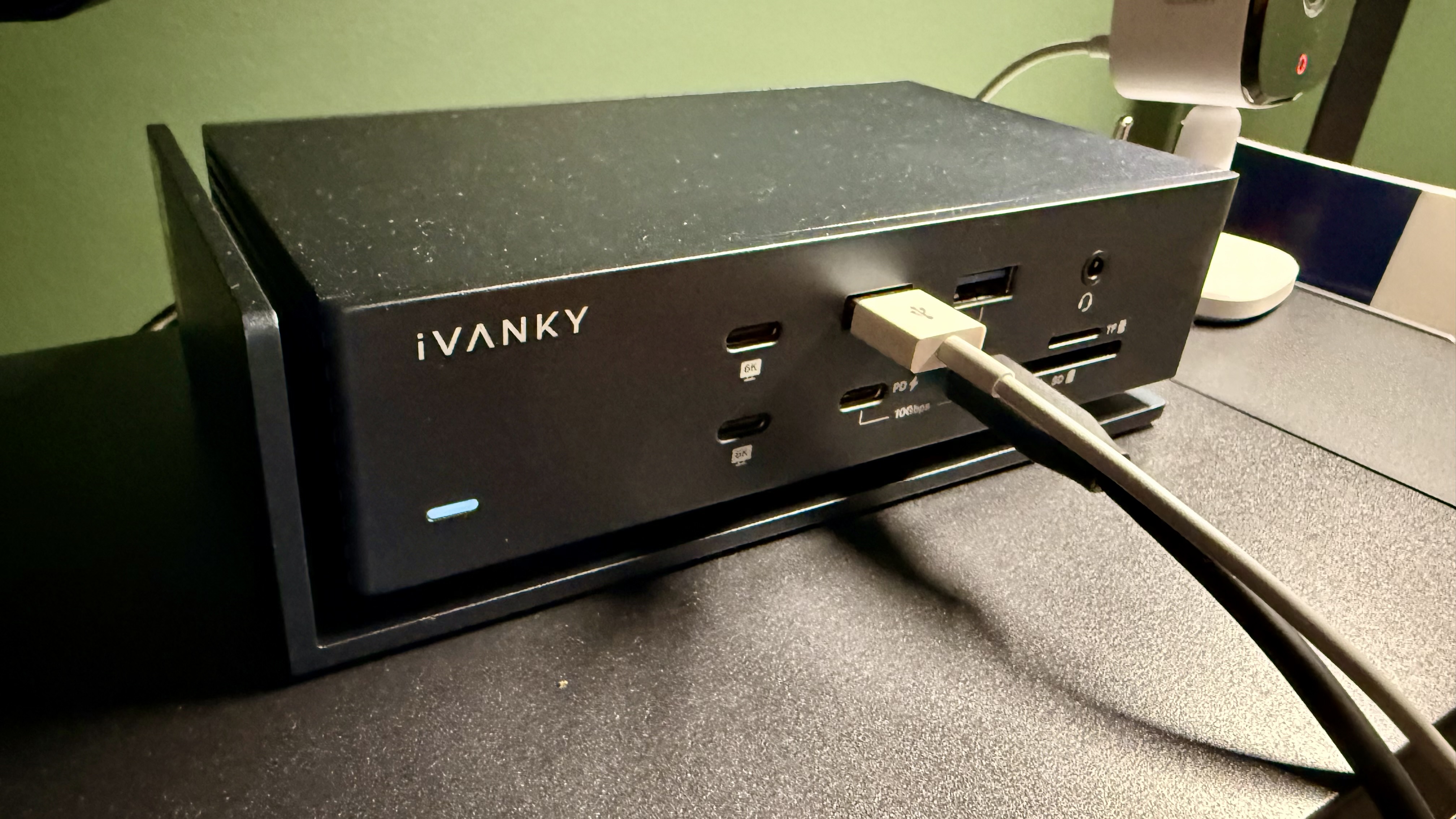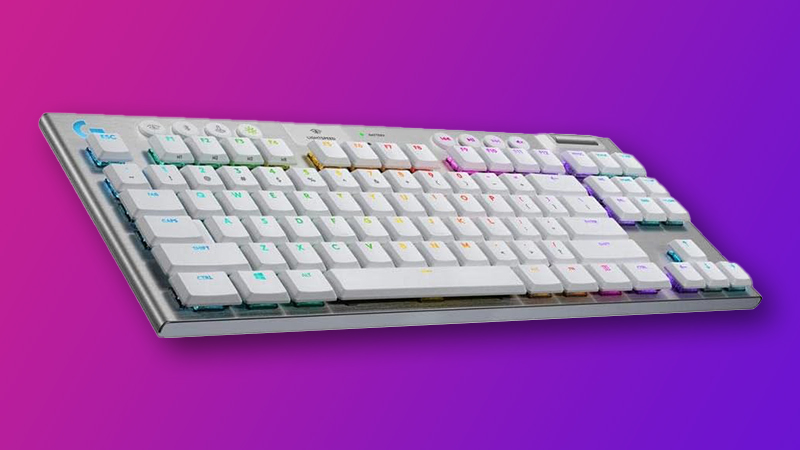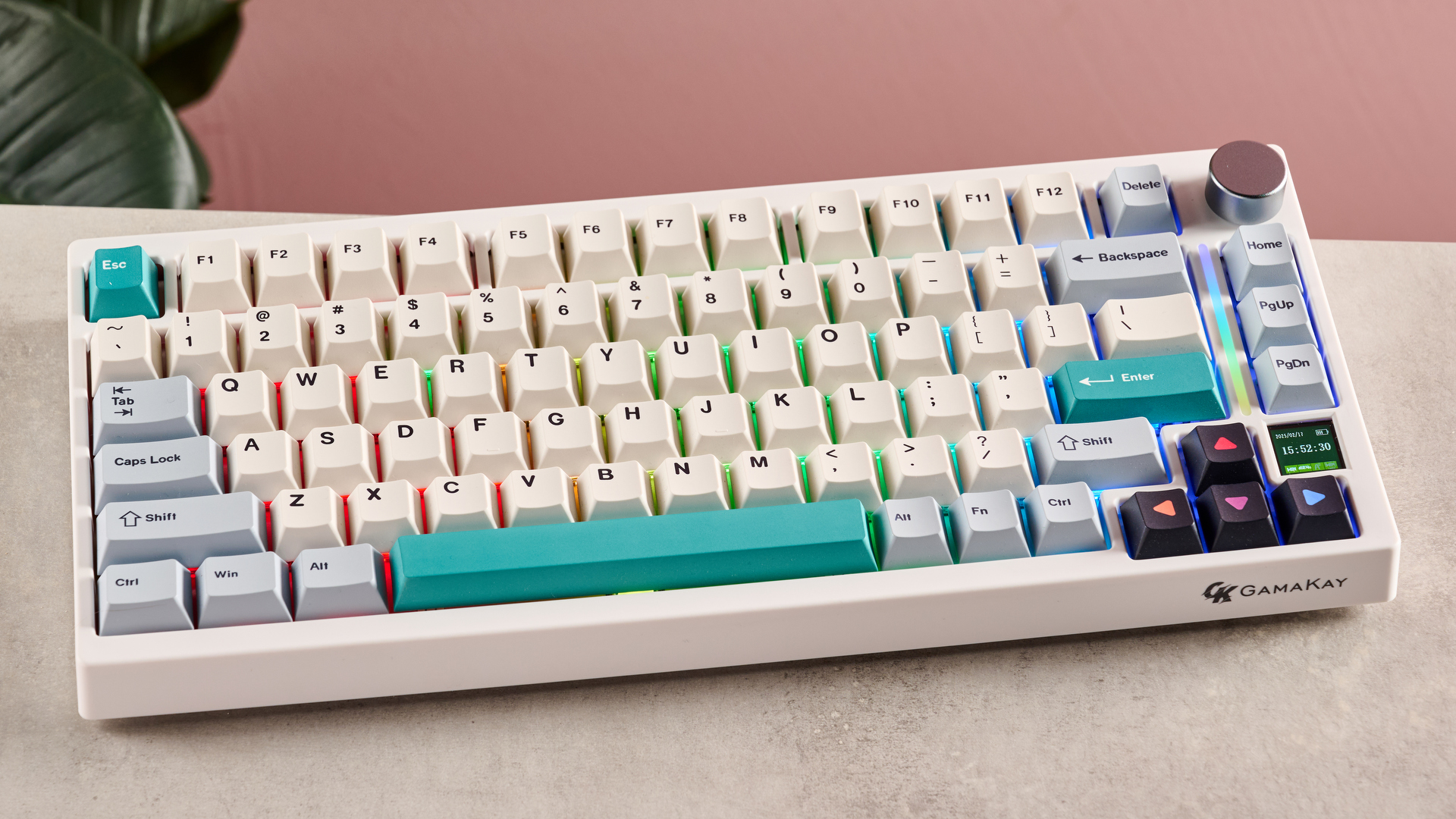I love the sound quality of the Turtle Beach Stealth 700 Gen 3, but a few drawbacks stop it from being a true standout
The Turtle Beach Stealth 700 Gen 3 gaming headset is certainly large – but what’s it like to use?
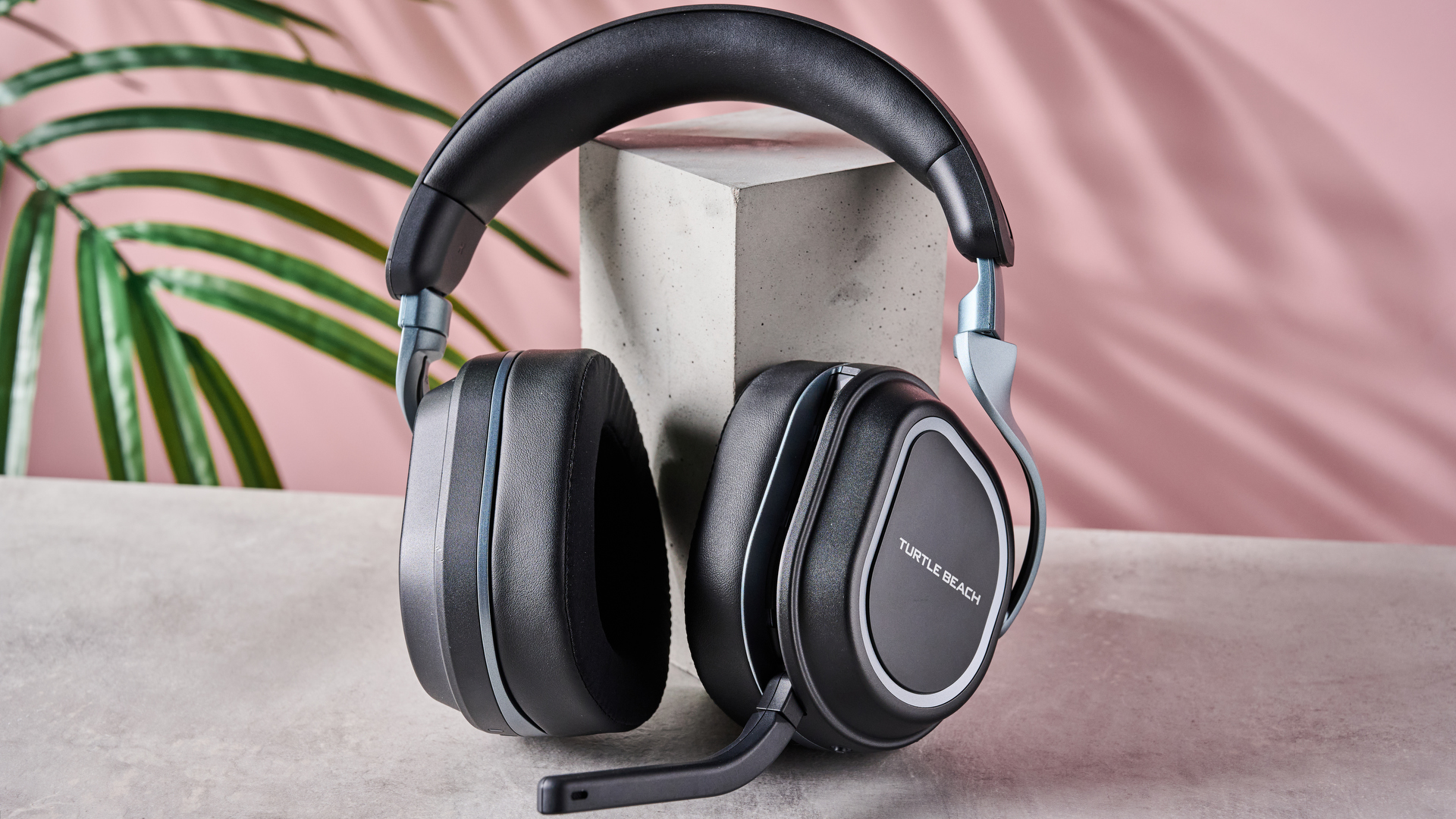
Turtle Beach Stealth 700 Gen 3: two-minute review
The Turtle Beach Stealth 700 Gen 3 is a wireless gaming headset compatible with numerous platforms, thanks to its Bluetooth integration and two USB dongles.
While it’s largely free from the typical gaming accouterments – there’s no RGB lighting, for instance – it still cuts a conspicuous figure thanks to its ultra-wide drivers, so this isn’t exactly a headset you can travel around with. Virtually all of the best PC gaming headsets out there have a lower profile than this.
Thankfully, it’s not as heavy as it looks, although some gamers might prefer something lighter. Personally, I didn’t have an issue with this aspect of the Stealth 700 Gen 3. What bothered me more was the lack of headband padding, which resulted in an achy head even after short sessions.
The comfort around the ears is much better, though. The earcups provide plenty of padding, and glasses wearers shouldn’t have a problem either. My only gripe is that they’re very large, and the fit wasn’t snug enough to secure them in place when I moved around more emphatically. For normal head movements, though, the Stealth 700 Gen 3 stay in place just fine.
The general build quality is good too, even if the materials used in its construction aren’t always the most premium. The foldable microphone is a nice touch, and feels equally well made, with an easy opening mechanism and plenty of stability when down.
There are four buttons on the Stealth 700 Gen 3, allowing for plenty of on-the-fly adjustments. There are also three scroll wheels, with two for controlling the volume from Bluetooth and transmitter sources independently, meaning you can realistically listen to music or take calls on your phone at the same time as receiving game audio from your PC or console.
Further tweaks are possible using Turtle Beach’s Swarm 2 peripheral software (on PC), allowing for some detailed output and input configurations, as well as reassignment options for the Mode button and one of the wheels, although these are limited.
The sound is great for both gaming and other forms of entertainment, including listening to music and watching content. All frequencies are clear and well-balanced, while the Bass Boost mode imparts a noticeably fuller low-end without diminishing overall quality, although small amounts of distortion can intrude with higher volumes. The microphone is less impressive, but it offers enough clarity to get by and the noise gate works well to block unwanted sounds from being picked up.
The Stealth 700 Gen 3 connects quickly via the wireless transmitter and over Bluetooth, and both work in tandem well. However, I did experience occasional dropouts on PC; whether the issue was with the headset or my particular setup is hard to tell, but if the former, hopefully, this is something that can be fixed with an update.
Battery life is excellent and seems in line with Turtle Beach’s 80-hour claim, as after a couple of days of use via Bluetooth and the transmitter across multiple platforms, it only dropped by between 5-10%.
It sits in the middle of the market in terms of price, costing about the same as the Razer BlackShark V2 Pro, which is one of the best wireless gaming headsets around. However, this headset packs in more features than the Stealth 700 Gen 3, as well as excelling in virtually every other area. There’s also the Epos H3, which is one of the best cheap gaming headsets around, although you will have to settle for a wired connection.
While both these gaming headsets might offer better value, the Stealth 700 Gen 3 isn’t far behind. It puts in an admirable effort at this price point, with sound quality that punches above its class. There are a few comfort and usability issues, but I don’t think they’re dealbreakers at this price.
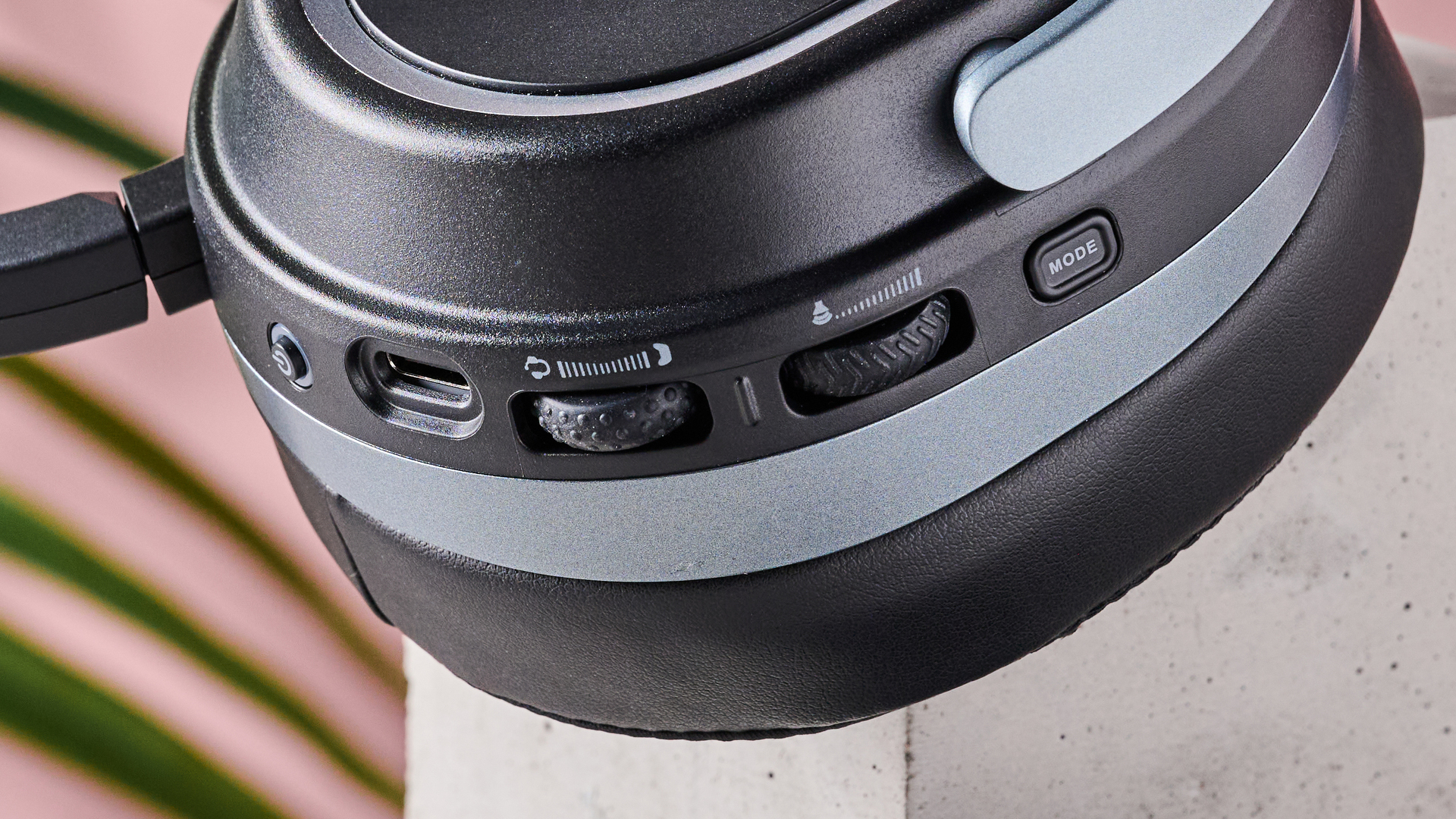
Turtle Beach Stealth 700 Gen 3 review: price and availability
- $199.99 / £179.99 / AU$399.95
- Available now in three color options
- Mid-lane pricing for a gaming headset
The Stealth 700 Gen 3 costs $199.99 / £179.99 / AU$399.95 and is available now in three colorways: Black, White, and Cobalt Blue. There are models with various compatibility options for Xbox, PlayStation, and PC, although all cost the same.
The Razer BlackShark V2 Pro, one of the best wireless gaming headsets in our view, is the same price (and even slightly cheaper in the UK). This headset has great output and input quality, formidable build quality, and more tweaks and customizations than the Stealth 700 Gen 3, such as THX Spatial Audio compatibility. Battery life is also great, making it a tough headset to beat at this price point.
If you want to spend a lot less on a gaming headset, then the Epos H3 is one of the best wired gaming headsets around and can be found at a significant discount from its original price. We think this headset offers superb sound and great levels of comfort for the price. A wireless variant is also available, although this is quite a lot more expensive.
Turtle Beach Stealth 700 Gen 3 review: Specs
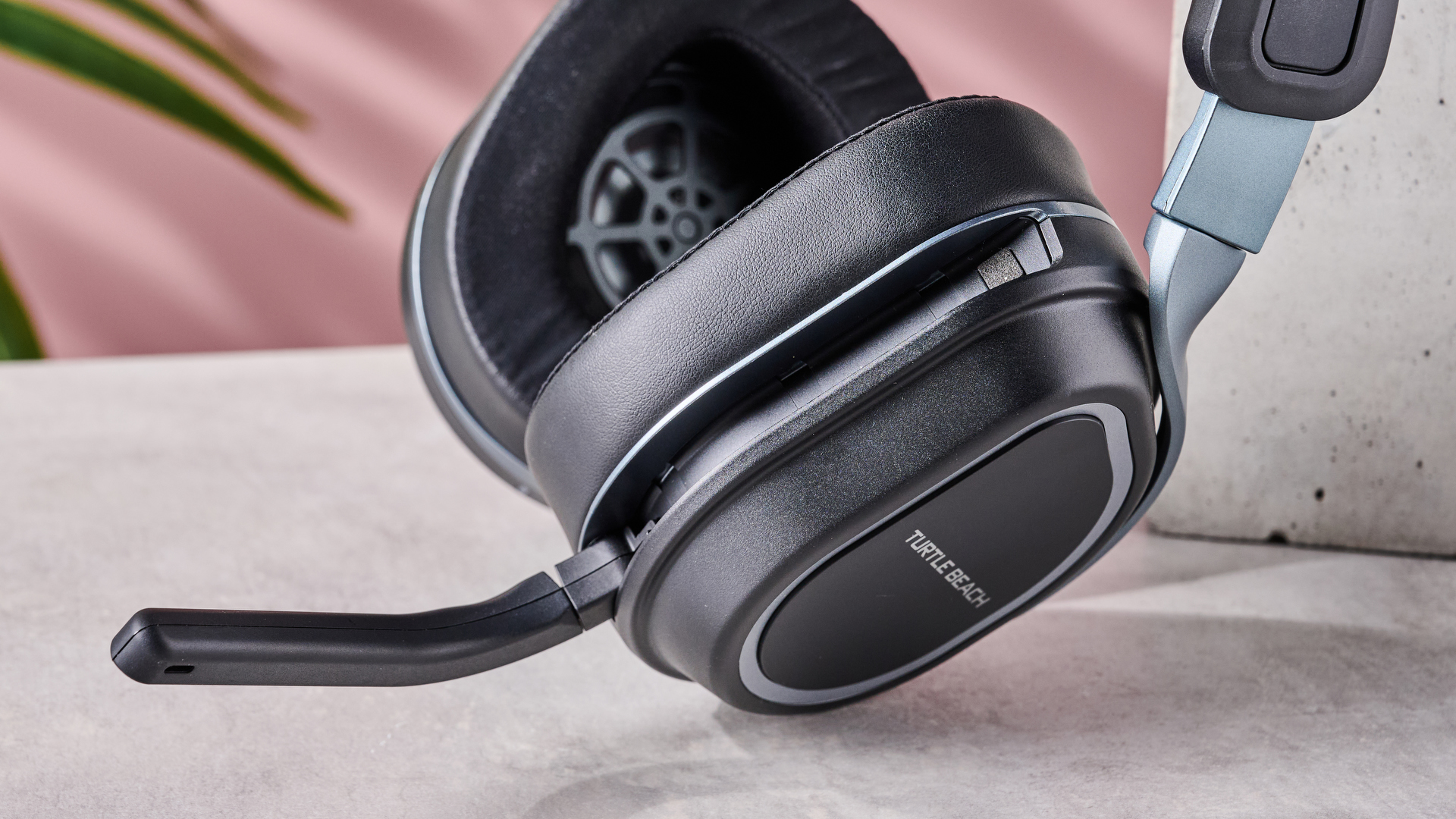
Turtle Beach Stealth 700 Gen 3 review: design and features
- Very bulky
- Plenty of physical adjustments
- Some useful features and customizations
The Turtle Beach Stealth 700 Gen 3 maintains a rather muted appearance, steering clear of the gamer gaudiness afflicting some other gaming headsets; there’s not even any RGB lighting. It is, however, quite bulky, with extremely wide drivers – perhaps the widest I’ve seen on a gaming headset – so it still isn’t what you’d call discreet.
It feels well-made, though. It might not employ the most premium materials, but they feel relatively solid and are put together well. The fold-away microphone is also a nice touch, with its hinge mechanism offering a smooth operation, while at the same time providing plenty of stability once done. However, while the Stealth 700 Gen 3 isn’t as heavy as you might imagine, those who are sensitive to weighty headsets should still take heed that it’s heavier than some others in this sector.
The earpads are very thick, which helps make the headset comfortable to wear. Turtle Beach specifically mentions the Stealth 700 Gen 3 as being glasses-friendly, and I can say I found this to be the case, as I experienced no aches or fatigue from wearing them over the arms of my frames.
These pads are also uniquely shaped, vaguely following the contours of an actual ear lobe, which I found worked quite well in my case, although they were perhaps a little too large for me; since the headband is quite wide too, they don’t fit as snuggly as those on other headsets, although this is only a problem with more vigorous head movements. The large opening also means that it should accommodate most ear shapes and sizes.
Driver-height adjustments are easy to make yet hard to move accidentally. The drivers also rotate ninety degrees, allowing you to comfortably hang them around your neck. The headband, however, is less comfortable. While the padding looks soft and plush, it compresses far too easily, meaning the harder material inside pressed onto the top of my head, causing aches even after short periods of time.
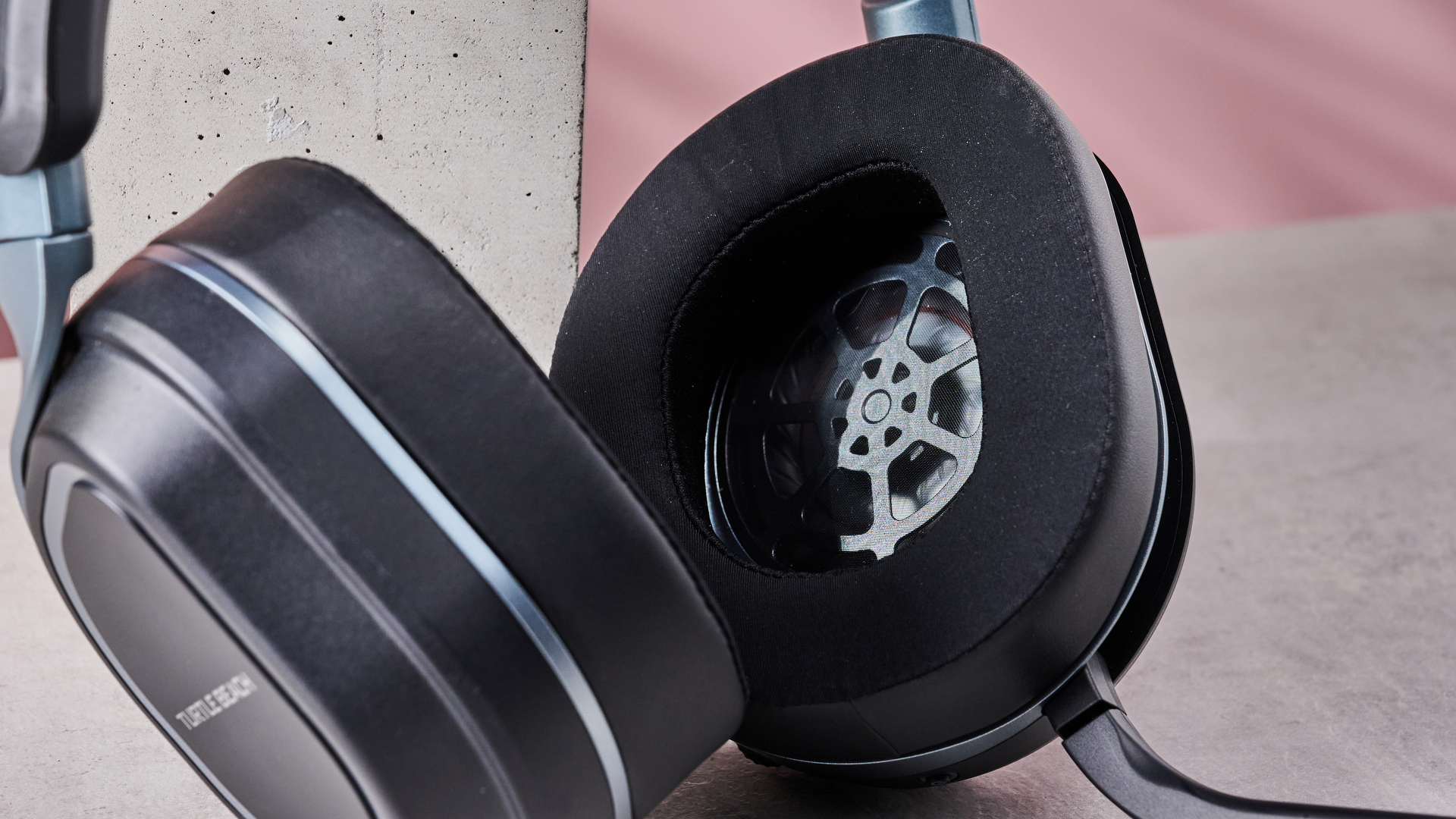
There are various buttons on both drivers: the CrossPlay switch is used for toggling between the two transmitters (one for Xbox and one for other platforms), a Bluetooth button, and a Mode button for cycling sound profiles – although unfortunately, the voice prompt doesn’t tell you which mode is currently selected, which some Razer headsets do.
The power button can also be tapped to toggle the Superhuman Hearing mode, although on occasion this failed to work, requiring me to power off and power on the headset to make this button operational.
Oddly, there are three scroll wheels on the Stealth 700 Gen 3: one is for mixing game and chat levels, while two are for volume – one for Bluetooth sources and the other for transmitter sources. This may seem like overkill, but it helps to allow for the Stealth 700 Gen 3 to showcase one of its unique features: simultaneous playback from Bluetooth and transmitter sources, with the ability to control the volume of both independently.
It does mean you’ll have to learn the positioning of each wheel when you want to make adjustments on the fly. Thankfully, though, each wheel is small enough to prevent the layout from feeling cramped, and they’re easy to operate once you’re able to locate them, providing smooth yet controlled adjustments.
Only one of the wheels can be reassigned using Turtle Beach’s Swarm 2 software, with options to adjust the levels of the mic monitoring, chat, bass boost, treble boost, or the noise gate of the mic.
Swarm 2 offers further customizations and tweaks. The aforementioned Mode button can be reassigned too, although the only optional function besides its default is toggling the noise gate.
Various sound presets are available in Swarm 2, including Bass Boost, Bass and Treble Boost, and Vocal Boost. You can tinker with each of these presets – or create a custom preset – by cutting or boosting 10 different points across the frequency band by 9dB, ranging from 32Hz to 16kHz. This means you have plenty of scope to tailor the audio to your preferences.
There’s also a setting called Superhuman Hearing, which is designed to elevate certain in-game sounds, such as footsteps and gunshots. As for mic settings, you can adjust the sensitivity for pick-up, the monitoring level, and the noise gate, all of which are useful input settings to be given.
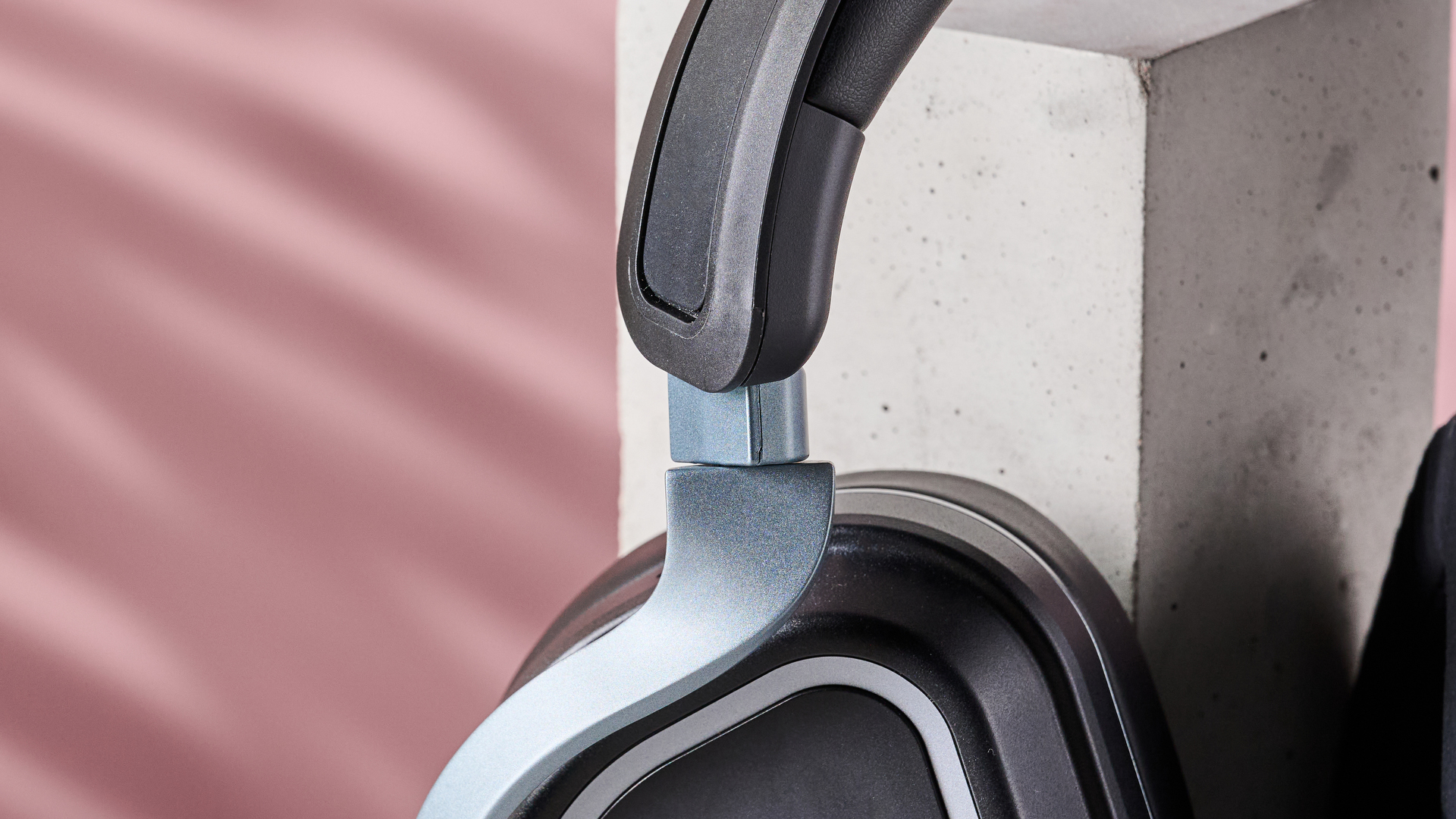
Turtle Beach Stealth 700 Gen 3 review: Performance
- Impressive sound
- Passable microphone
- Some connectivity issues
I was generally impressed with the audio of the Stealth 700 Gen 3. All frequencies are clear and balanced, while the Bass and Treble Boost mode considerably enhances the low end without being overbearing, and is great for both gaming and listening to music. This mode can introduce distortion when you crank the volume up, but it's easily tamed by lowering the volume slightly. I found the Vocal Boost less usable, as it significantly reduces overall fidelity.
The Superhuman Hearing mode was somewhat useful in certain scenarios, but I ultimately preferred leaving it off. When playing Counter-Strike 2, the footstep setting did make such sounds more prominent, but at the cost of noticeably deteriorating the overall audio quality. The same can be said for the gunshot setting, which also didn’t seem to make gunshots easier to discern either. Having Bass and Treble Boost turned on provided the best experience for me, providing clear audio with plenty of impact and fullness.
For an integrated microphone, the quality is passable, although it doesn’t provide the greatest vocal clarity. The noise gate feature, though, is useful and does indeed block unwanted sounds from coming through.
Connecting to a PC via the USB transmitter is as simple as plug-and-play. The same is true of when connecting to consoles, being as easy as the best PS5 headsets and best Nintendo Switch headsets. Bluetooth was also easy to set up with my phone, and I couldn’t detect any discernible difference in sound quality. I had no issues playing games on my PC (via the dongle) and listening to music from my Google Pixel 7a (via Bluetooth) at the same time either.
However, the Stealth 700 Gen 3 can take a couple of seconds to reconnect to a PC when powering it back on after sleep, and I experienced a few unsolicited disconnects from my PC after a bleep from the headset that I couldn’t explain.
It’s possible the issue lies with my PC rather than with the Stealth 700 Gen 3, although I haven’t experienced this issue with other gaming headsets. Thankfully, I was able to get the sound back quickly, and hopefully a firmware update will fix the issue if it is indeed a fault with the headset.
On a more positive note, the battery life of the Stealth 700 Gen 3 is great, with the 80-hour claim made by Turtle Beach appearing to hold true, as it only dipped between 5-10% after a few days of varied use.
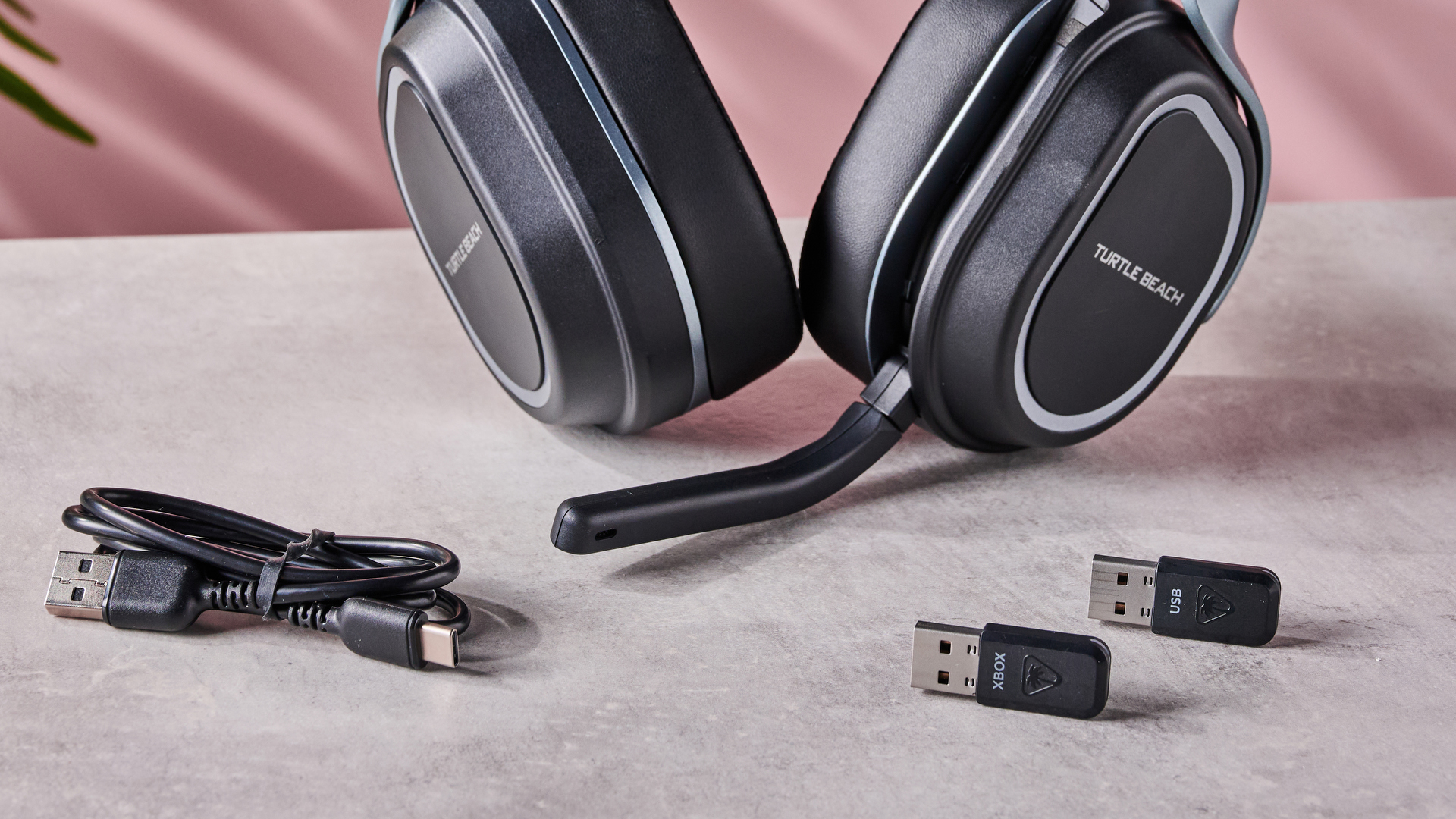
Should I buy the Turtle Beach Stealth 700 Gen 3?
Buy it if...
You want great gaming audio
The sound from the Stealth 700 Gen 3 is clear and impactful, making it great for gaming and music listening, and the Bass Boost improves the sonics further.
You want plenty of physical adjustments
With four buttons and no less than three scroll wheels, adjusting various settings while gaming is easy.
Don't buy it if...
You have a sensitive head
While I found the earpads perfectly comfortable, the headband doesn’t have enough cushioning, resulting in aches.
You want a low profile… in every sense
The Stealth 700 Gen 3 is about the chunkiest gaming headset I’ve ever used, so if you want something sleek and discreet, this isn’t it.
Turtle Beach Stealth 700 Gen 3 review: Also consider
Razer BlackShark V2 Pro
The Razer BlackShark V2 Pro is one of the best gaming headsets around, as it barely puts a foot wrong in any aspect: It’s comfortable, well-built, has great sound and features, and has a long battery life to boot. It’s the same price as the Stealth 700 Gen 3, and since it’s slightly more well-rounded, it might just have the edge.
Read our full Razer BlackShark V2 Pro review
Epos H3
If you’re on a serious budget, then the Epos H3 is the best wired gaming headset in our view, thanks to its superb sound and comfort levels that punch above its low price. There’s also a wireless variant available, although naturally, it’s more expensive.
Read our full Epos H3 review
How I tested the Turtle Beach Stealth 700 Gen 3
- Tested for several days
- Used on multiple platforms
- Extensive gaming experience
I tested the Stealth 700 Gen 3 for several days, during which time I used it for gaming, listening to music, and watching video content. I tried it with numerous devices, namely a Windows 10 PC, a PS5, and a Nintendo Switch. I connected to these systems via the wireless USB transmitter and Bluetooth where I could.
I played games such as Counter-Strike 2 and S.T.A.L.K.E.R. 2: Heart of Chornobyl, where detailed sound and vocal clarity are of the utmost importance. I also recorded my own voice to test how the microphone sounded.
I have been gaming for over 20 years, and during that time I have experienced numerous headsets from a wide range of brands and across various price points. I have also reviewed multiple gaming headsets previously.
- First reviewed February 2025.
- Read more about how we test
